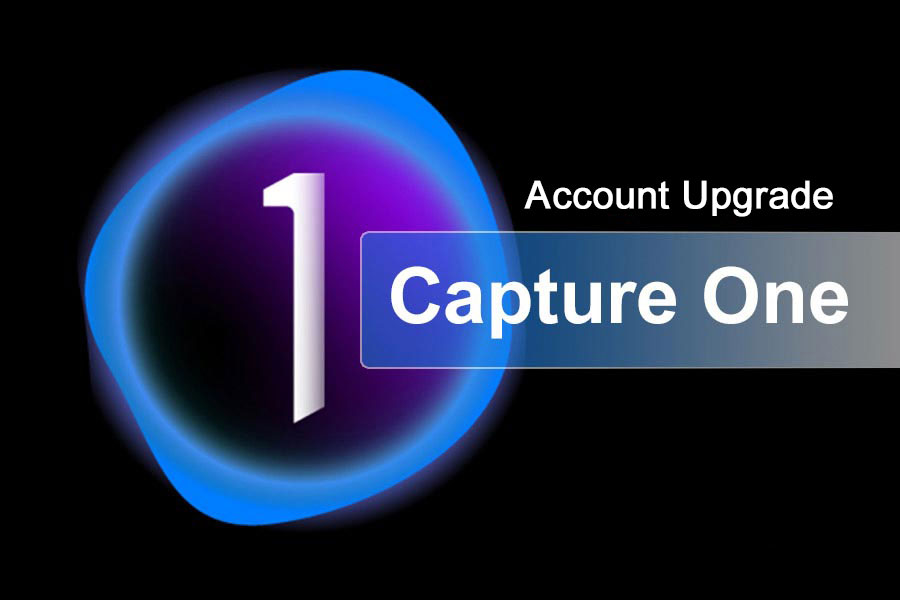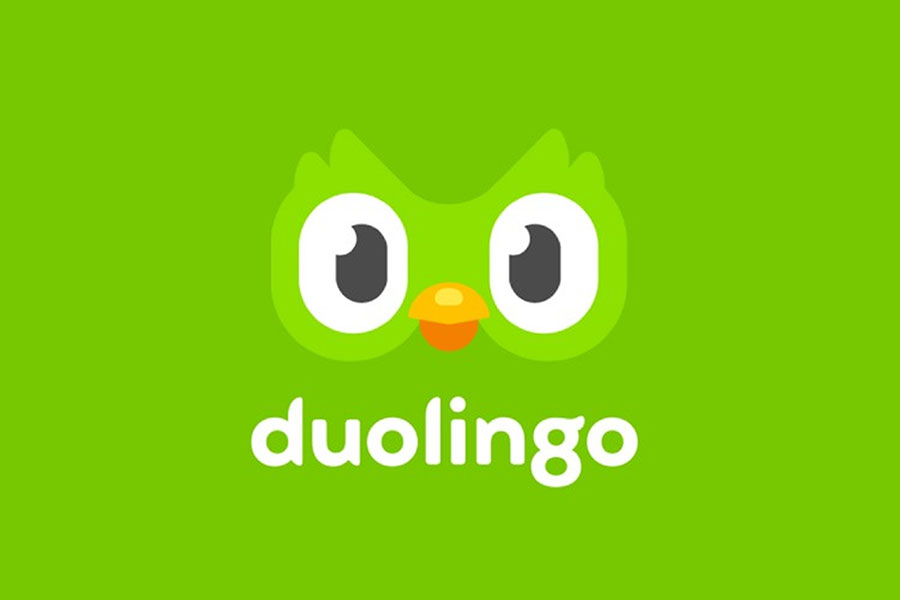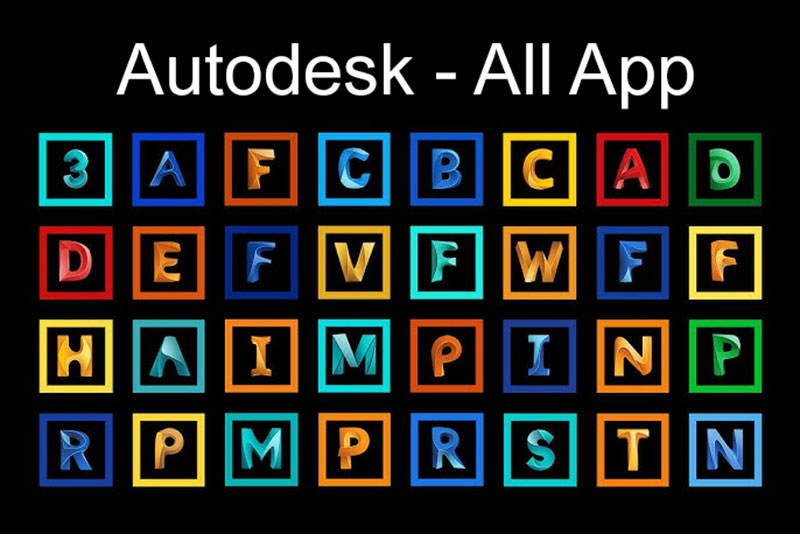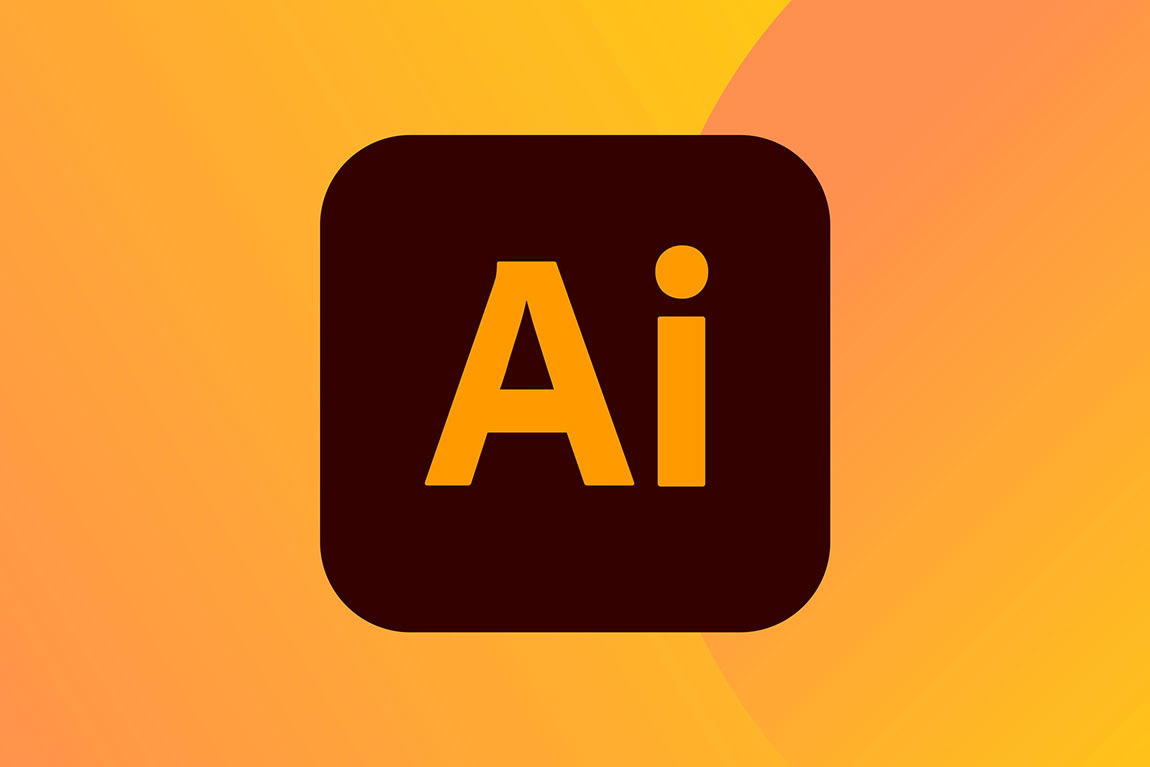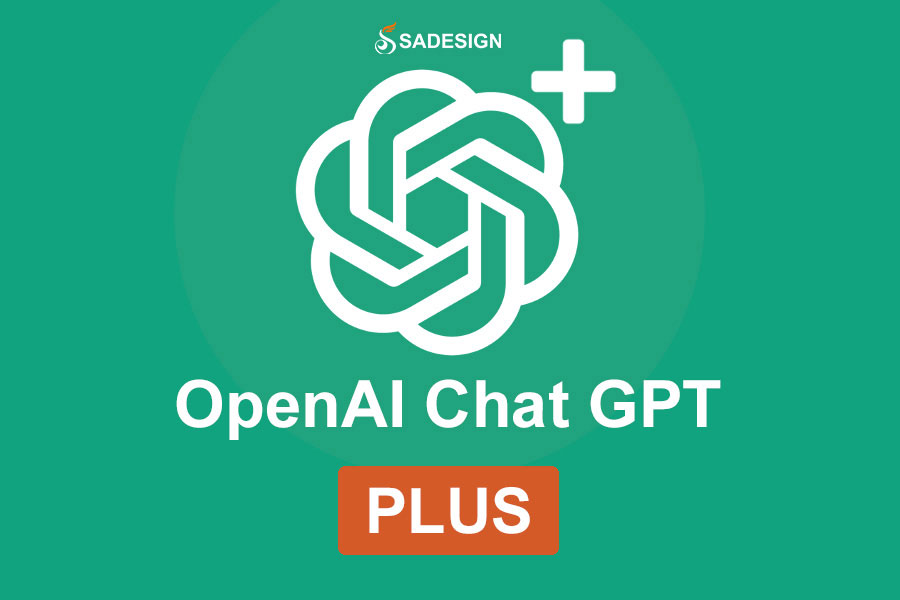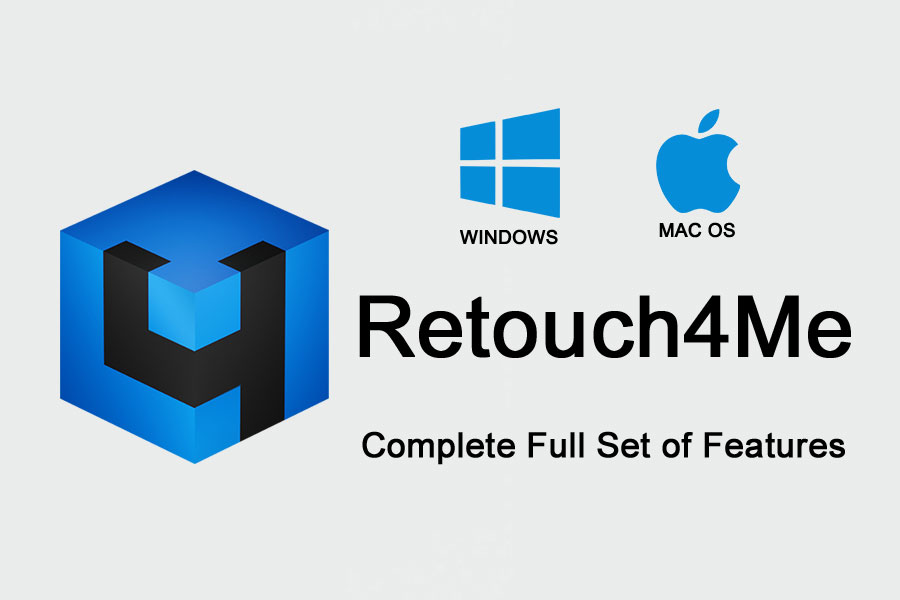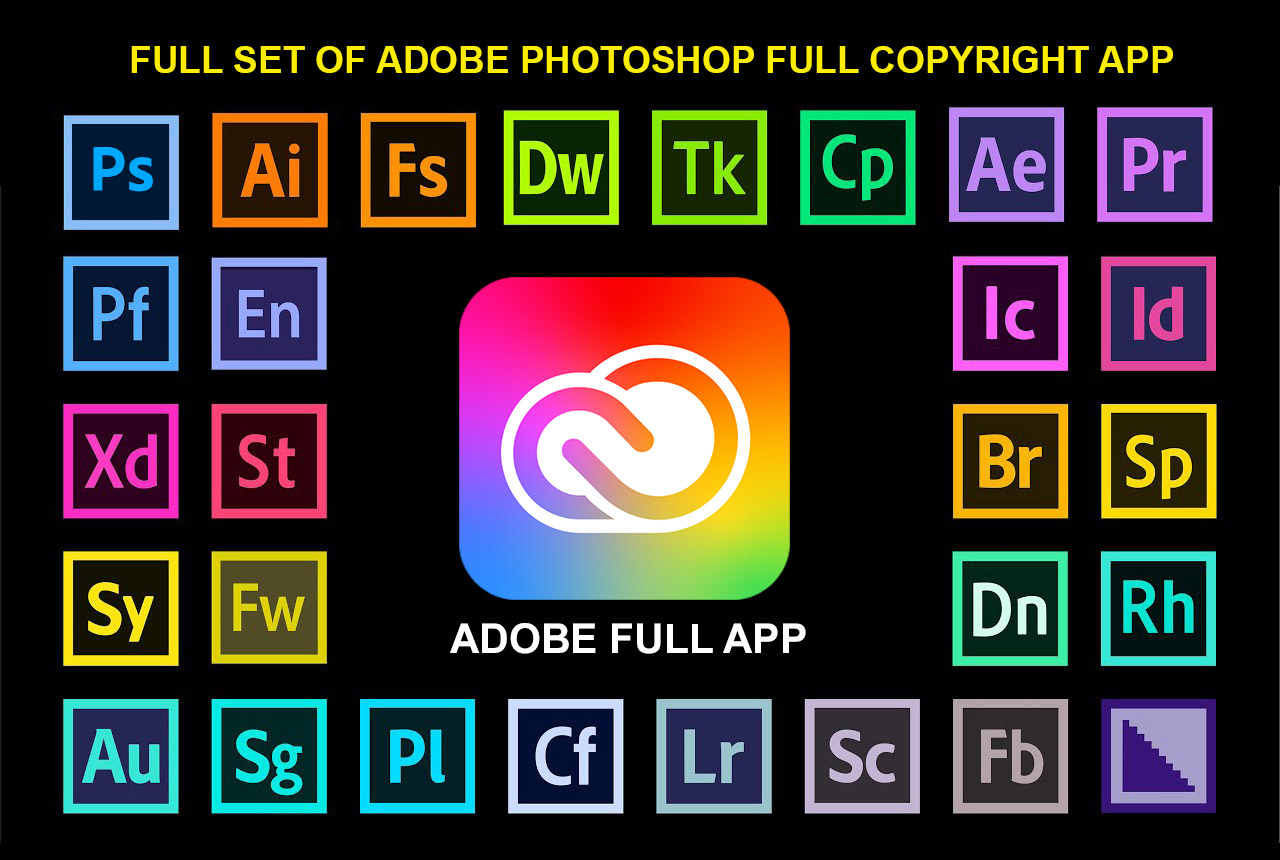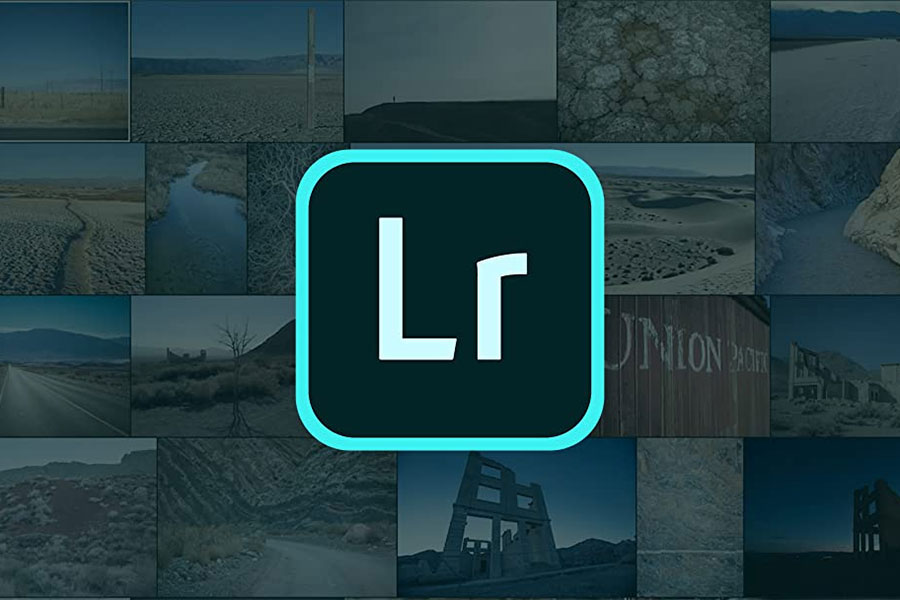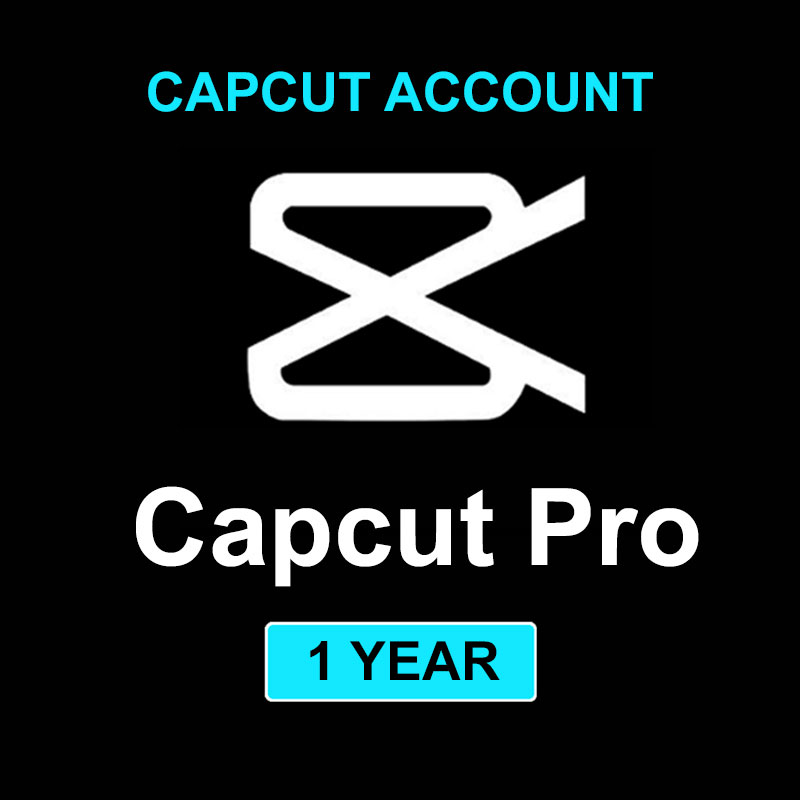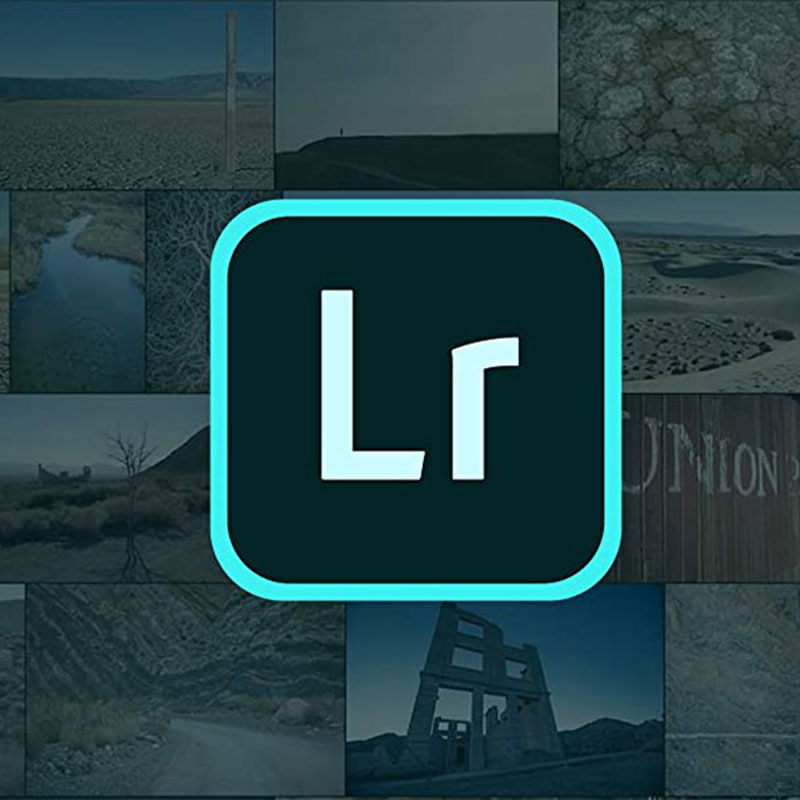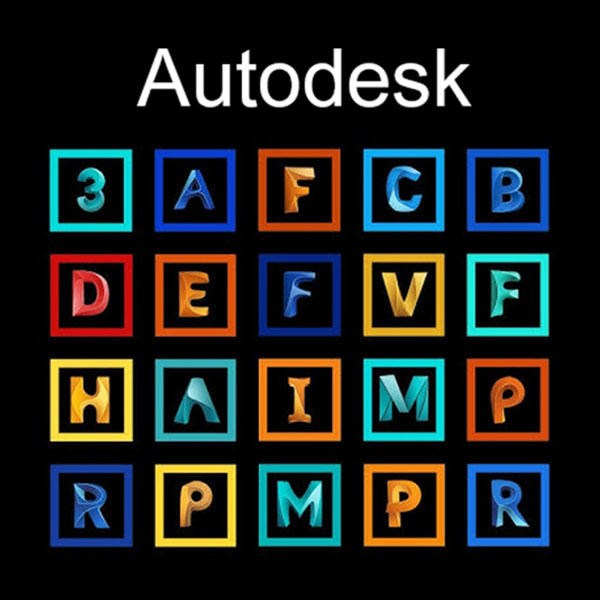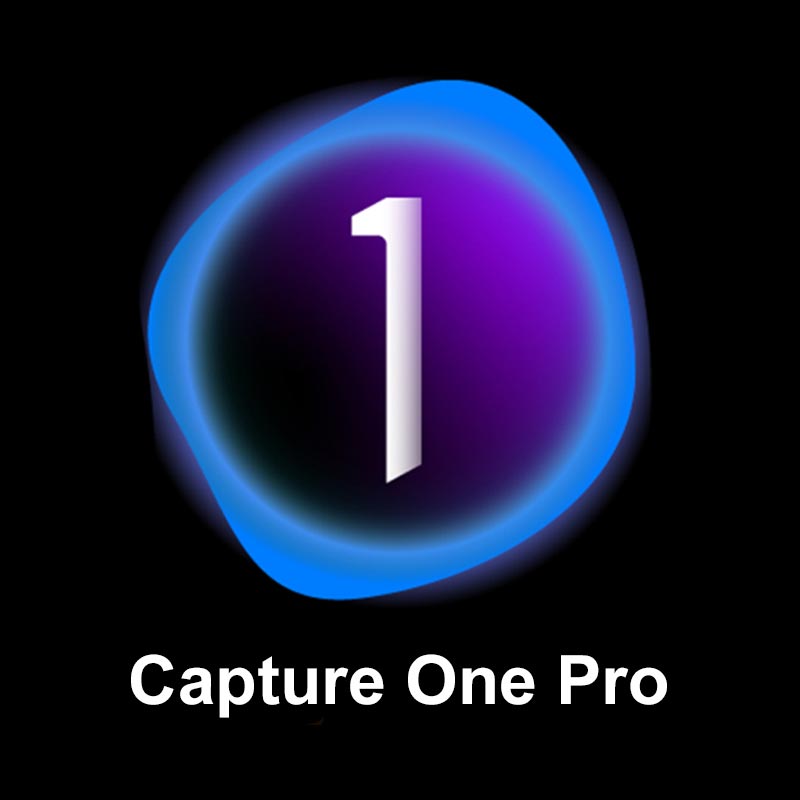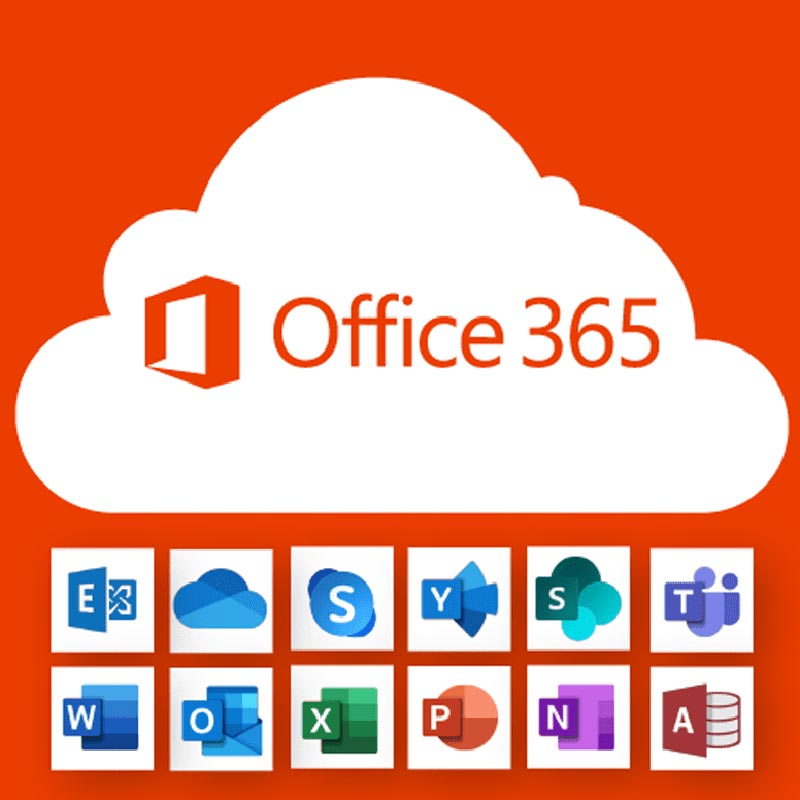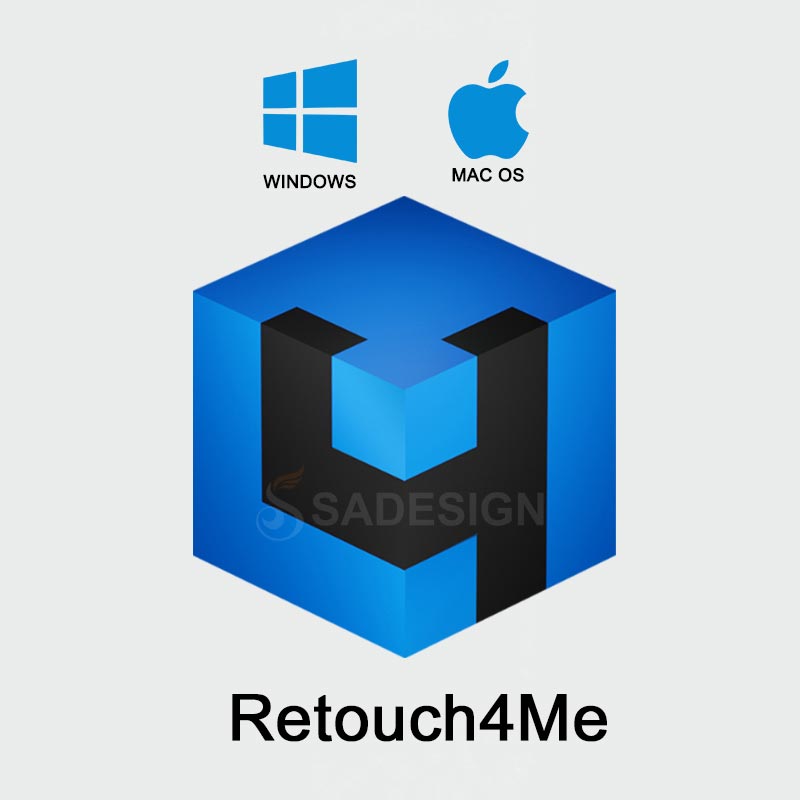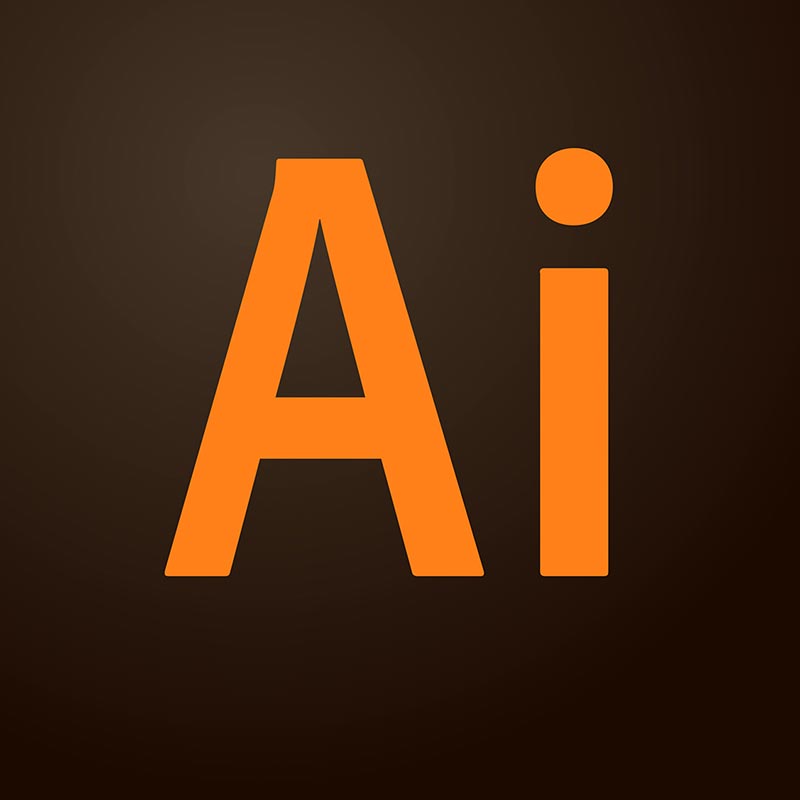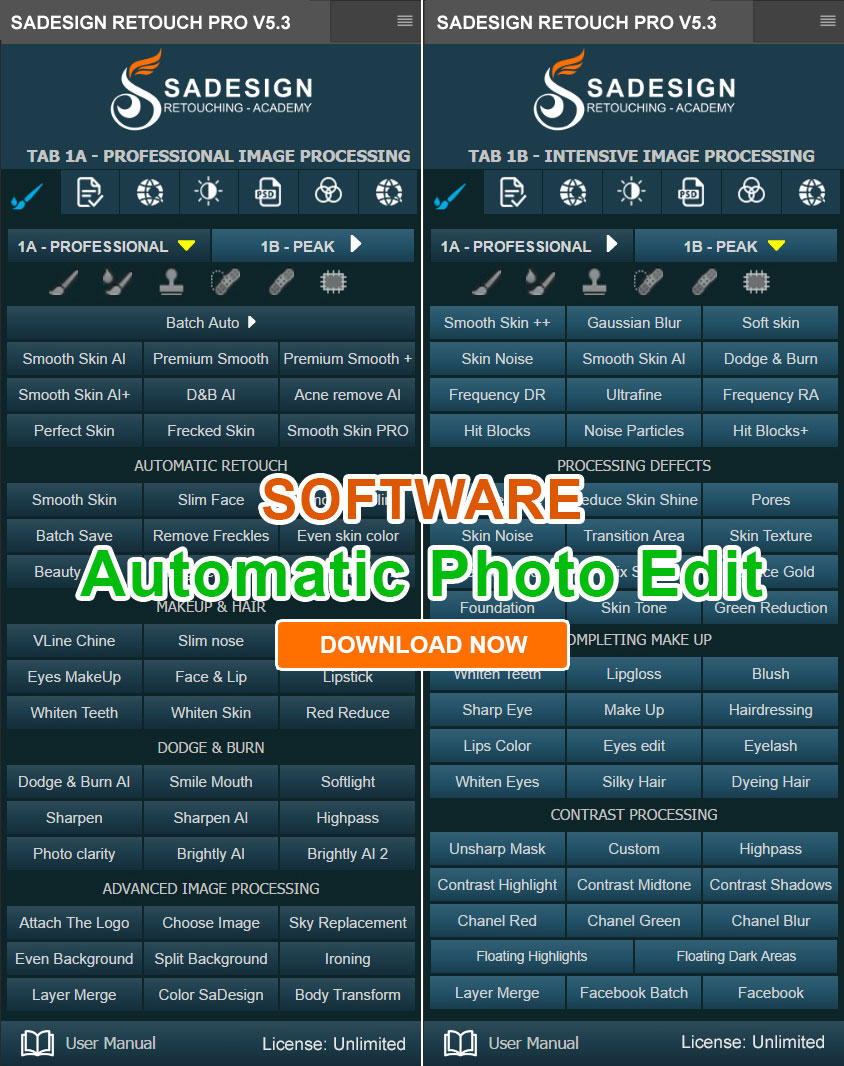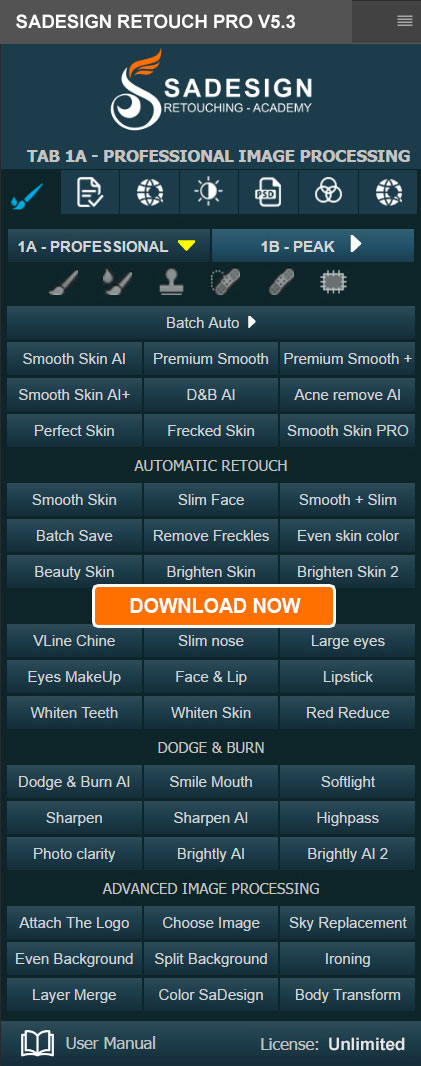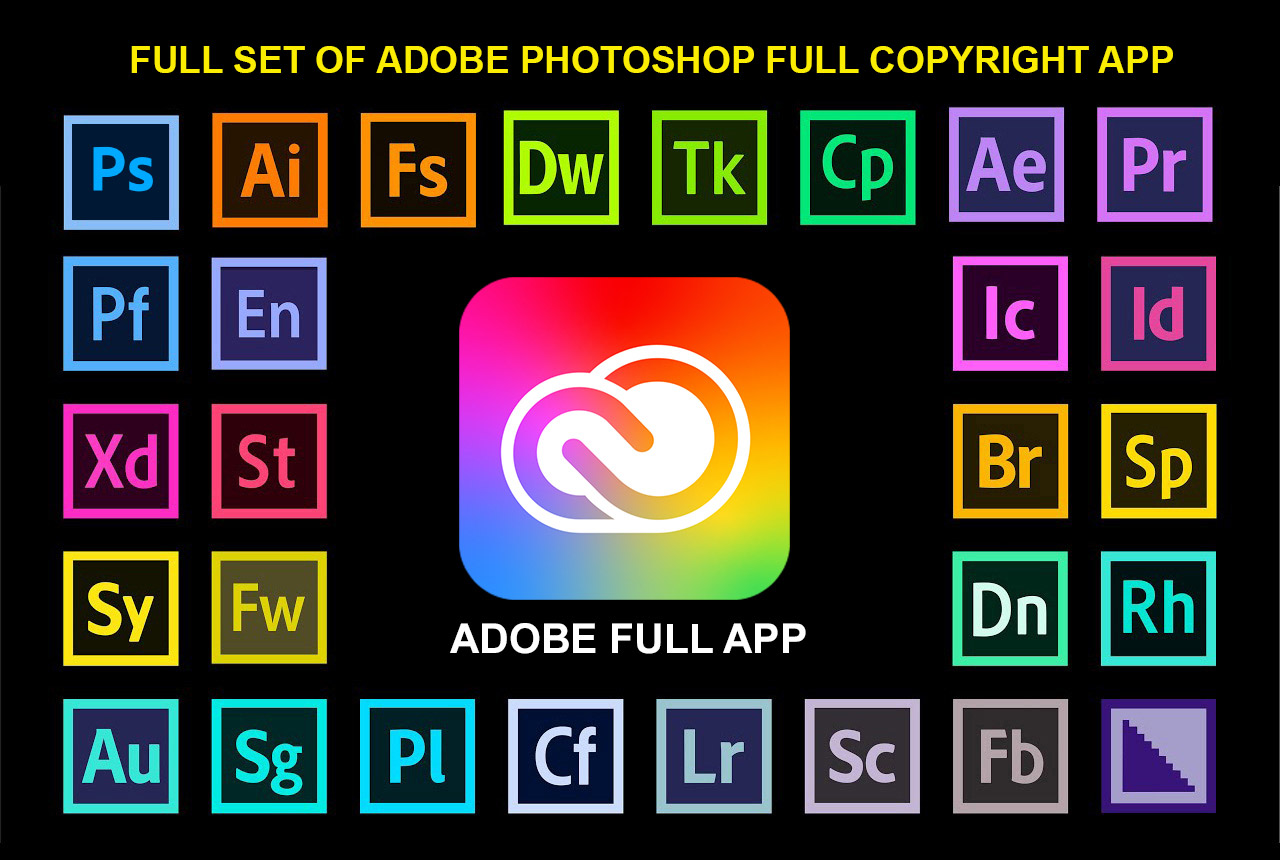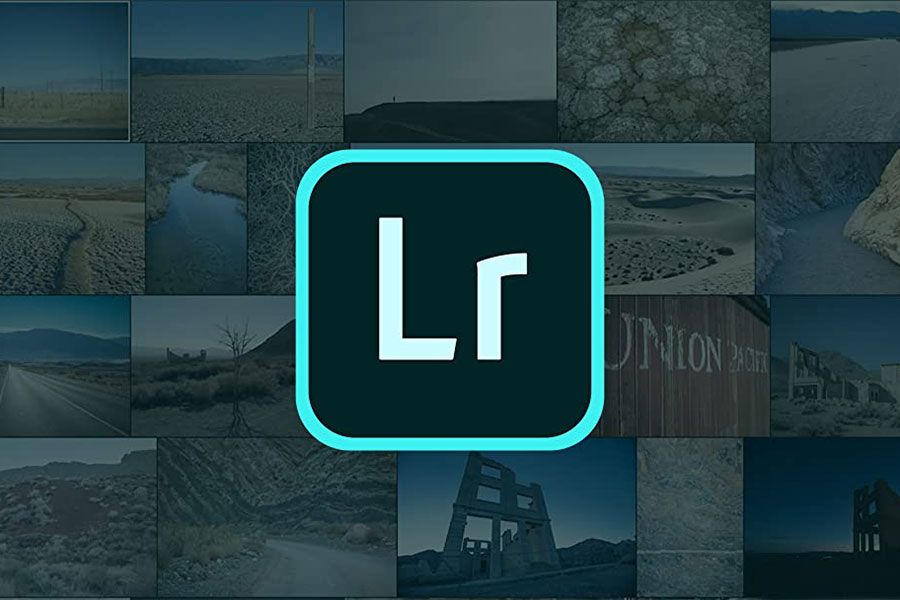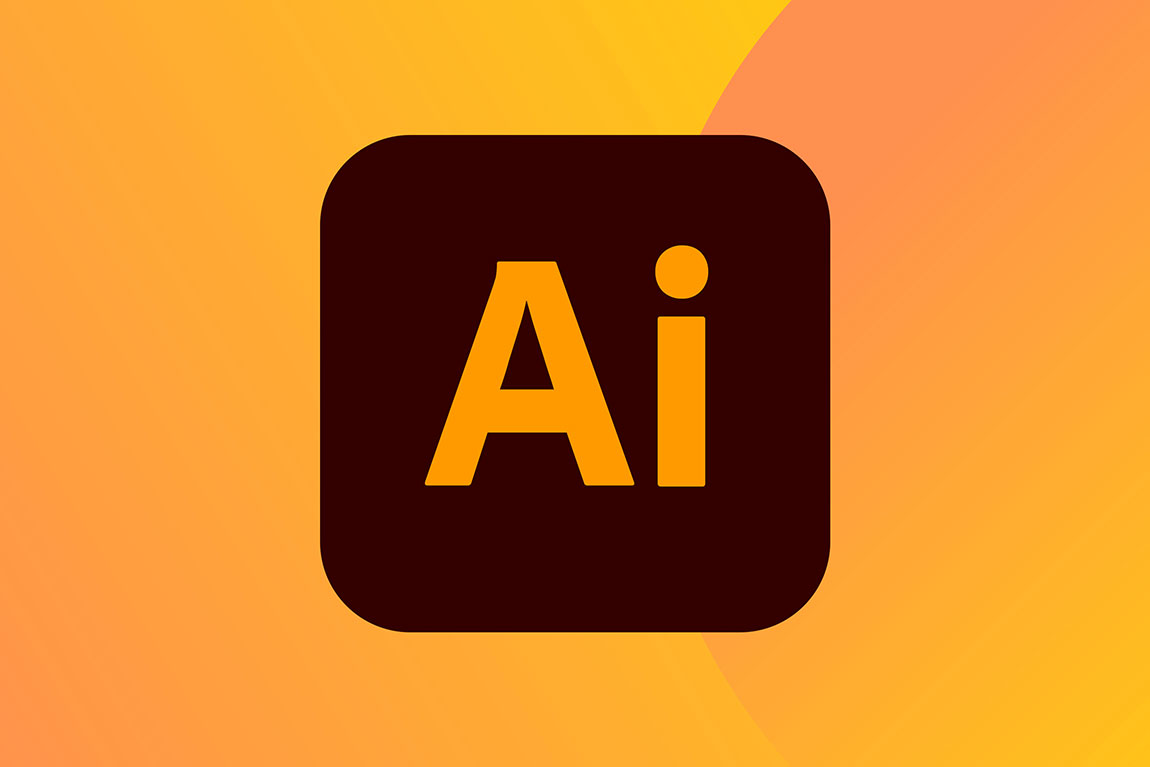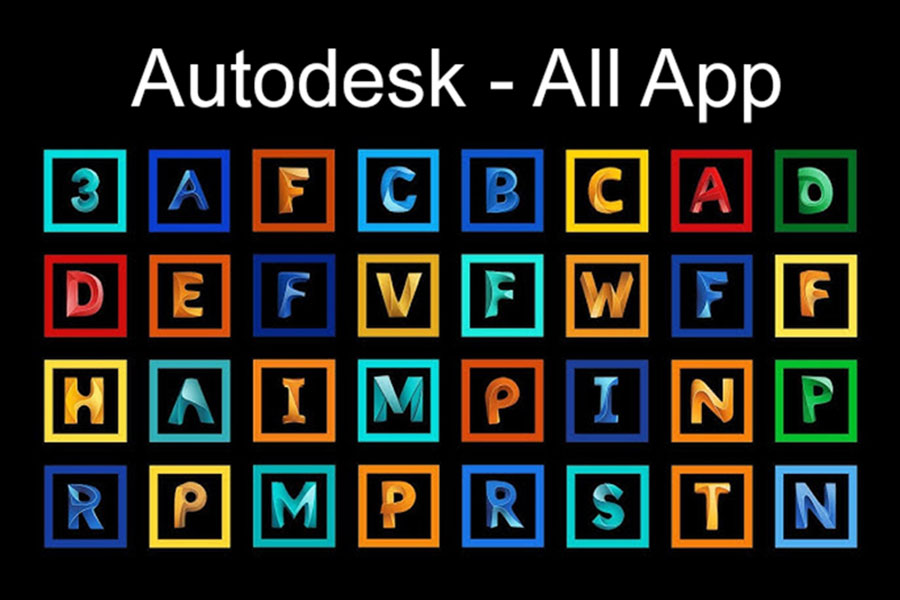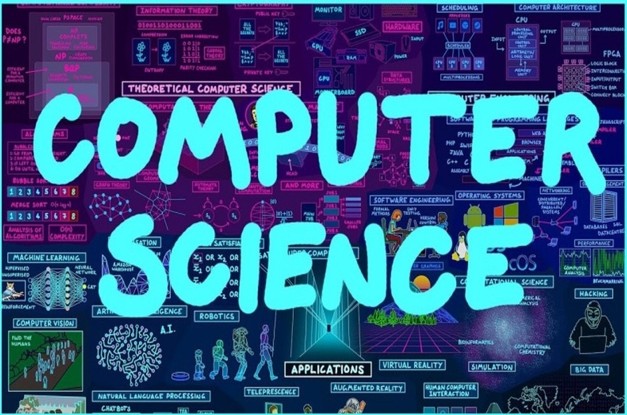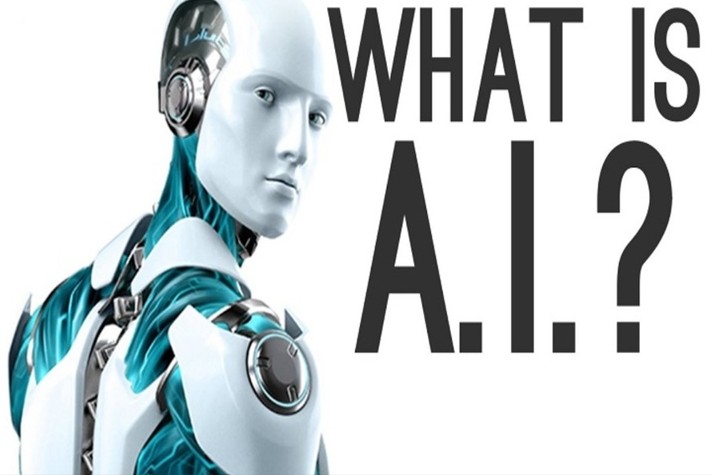Best Selling Products
Despite the Chatbot Race, Apple Makes an Unexpected 'AI Move'
Nội dung
- 1. When AI becomes a technological arms race
- 2. Apple's strategic silence
- 3. Why chips, not chatbots?
- 4. When AI designs chips
- 5. Apple doesn't go it alone
- 6. Why haven't Siri and iOS 26 exploded with AI yet?
- 7. Behind the success of Apple Silicon
- 8. AI chip design
- 9. When will users “see” Apple's AI?
While tech giants are constantly launching AI products for end users, Apple has chosen an unexpected direction.
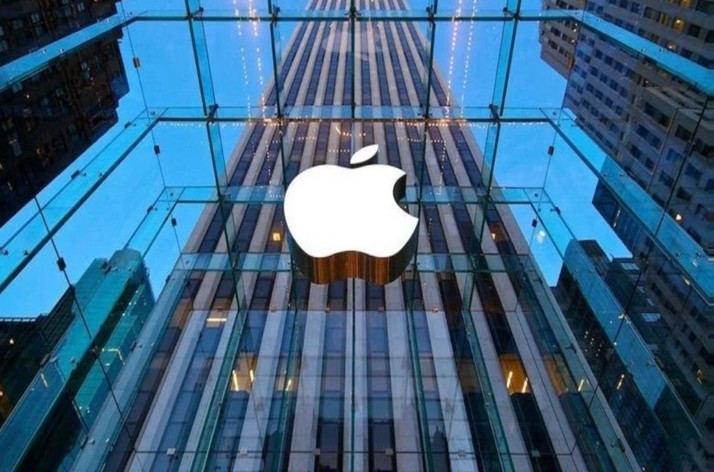
In the race for artificial intelligence (AI) that is heating up every hour, each major technology company has chosen its own path. Google launched Gemini with the ambition to completely replace Google Assistant. Microsoft has deeply cooperated with OpenAI to bring Copilot into the entire Windows and Office ecosystem. Meta dreams of an AI universe that supports content creation, social networks and VR/AR. AI chatbots, virtual assistants and generative features are covering everything from phones, laptops to cars and smart homes.
But in that colorful picture, Apple – the giant that pioneered Siri more than a decade ago – has chosen to be strangely silent. No new chatbots, no epic AI content creation tools, not even an “AI party” as many people expected at WWDC 2025. So what is Apple doing, when the whole world is crazy about chatbots? The answer will surprise you: Apple is using AI not to “please” users in the short term, but to build the foundation for longer-term technological leaps by quietly incorporating AI into the chip design process.
1. When AI becomes a technological arms race
First, let’s look at the big picture. In less than 3 years, AI has gone from experimental models in the lab to commercial products serving millions of people. ChatGPT, Gemini, Claude, Copilot... have been launched one after another and are competing with each other with the ability to have natural conversations, answer any questions, support work, and even replace many creative tasks that were previously only possible for humans.
Users today are accustomed to ordering AI to write articles, summarize text, process photos, and make personal plans. AI features are proliferating in every application from Word, Excel, Gmail to Photoshop, Premiere. Businesses are rushing to integrate chatbots and virtual assistants to save manpower and increase work efficiency. AI is no longer an option, but a technological arms race where those who are slow will be left behind.
Yet, in the midst of the AI storm, Apple remains largely out of the “chatbot fever”. Siri remains the same, sometimes criticized as being “far behind” ChatGPT in terms of intelligence. iOS 26, released in June 2025, does not have any AI breakthroughs that are loud enough. Even compared to Samsung or Google, Apple seems “unusually quiet”.
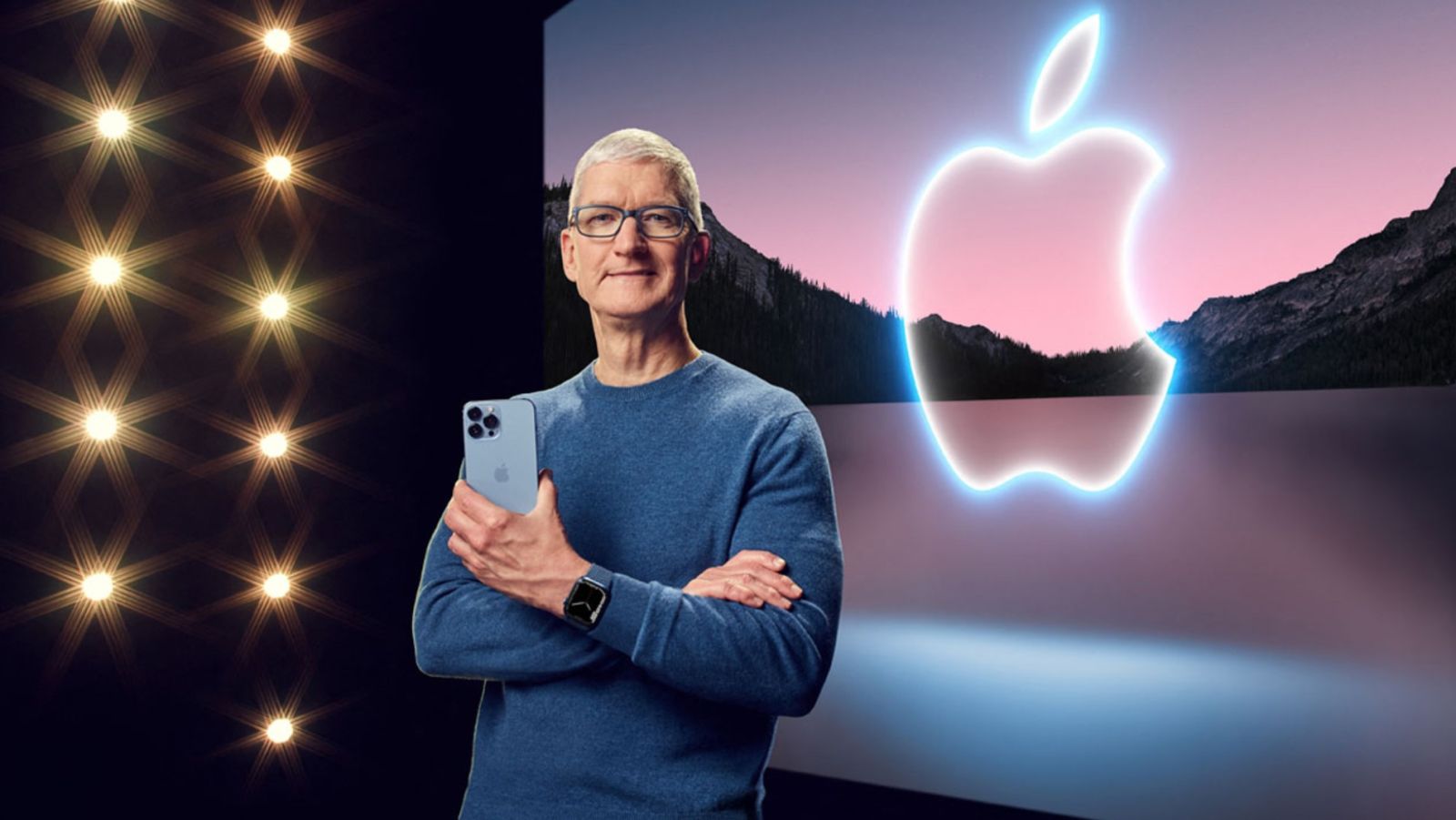
2. Apple's strategic silence
Behind the scenes, Apple is implementing a long-term strategy that not everyone realizes. Instead of focusing on the race to launch eye-catching AI features, Apple chooses to invest in the real “brain” of the device: the chip.
At an event in Belgium in May 2025, Johny Srouji – Apple’s senior vice president of hardware revealed this ambitious strategy. When receiving an award from the semiconductor research organization Imec, Mr. Srouji shared that Apple is seriously applying generative AI techniques to the chip design process, which is the most important step that determines the power of iPhone, iPad, MacBook and all other Apple Silicon products.
In an audio recording obtained by Reuters, Srouji stressed that generative AI could dramatically reduce the time it takes to develop microprocessors, optimizing complex designs that would otherwise take thousands of hours of human computing. He described AI as a “design assistant” that could generate solutions, fine-tune microchips, automatically simulate performance, detect bottlenecks and improve logic layouts.
3. Why chips, not chatbots?
The question is: Why doesn't Apple invest in chatbots or AI content creation, but instead invests in AI for chip design?
The answer lies in Apple’s business philosophy. Unlike Google or Microsoft, which rely on advertising, Apple makes its money primarily from high-end hardware. Since the first iPhone, Apple has prided itself on having tight control over both hardware and software, unlike companies that rely on chips from Qualcomm, Intel, or AMD.
The decision to develop Apple Silicon itself, starting with the A series chips for the iPhone and culminating with the M series chips for the MacBook, has proven the right direction. When Intel was slow to innovate, Apple “separated”, designed its own ARM chips and immediately achieved success with MacBooks running M1, M2 and M3, leaving competitors unable to react.
Powerful chips optimized for its own ecosystem have helped Apple maintain a huge competitive advantage: high performance, battery saving, good heat dissipation, and at the same time providing a smooth experience for users. From there, Apple easily "attracts" loyal customers, keeps prices high, and makes outstanding profits.
4. When AI designs chips
Traditional chip design is complex and expensive. An Apple Silicon chip can contain tens of billions of transistors, connected in logic so complex that even the smallest mistake can derail the entire project.

Typically, it takes microprocessor design engineers years to develop a new generation of chips: from sketching ideas, simulating, testing, optimizing power consumption, cooling... This process requires thousands of engineers, millions of lines of code and countless hours of work.
Generative AI now opens up the possibility of shortening this process. Instead of working sequentially, AI can process millions of design options in parallel, “learning” from data from previous generations of chips to make more optimal recommendations. Automating simulation helps detect errors early. Optimizing circuit layouts improves performance without consuming more energy.
According to Mr. Srouji, Apple's goal is not only to save time but also to create leaps in chip performance. AI designs better chips, better chips will become the foundation for more powerful AI devices. At that time, AI features for end users such as smarter Siri, better image recognition... will just be the "sweet fruit" of that platform.
5. Apple doesn't go it alone
To realize this ambition, Apple is not doing it all by itself. The Cupertino giant has been collaborating deeply with leading companies in the field of EDA (Electronic Design Automation) such as Cadence and Synopsys.
Cadence and Synopsys are known for their semiconductor design automation and simulation software. Combining Apple’s generative AI with their leading EDA solutions promises to accelerate the “AI-ization” of chip design.
Not to mention, Apple also invests heavily in computing infrastructure, building giant data centers to serve AI training. Every year, the company spends billions of dollars on R&D, most of which is focused on Apple Silicon. It is this “underground machine” that is the driving force that helps Apple maintain its pioneering position.
6. Why haven't Siri and iOS 26 exploded with AI yet?
Many people wonder: Why doesn't Apple upgrade Siri now, when ChatGPT or Gemini have done so well?
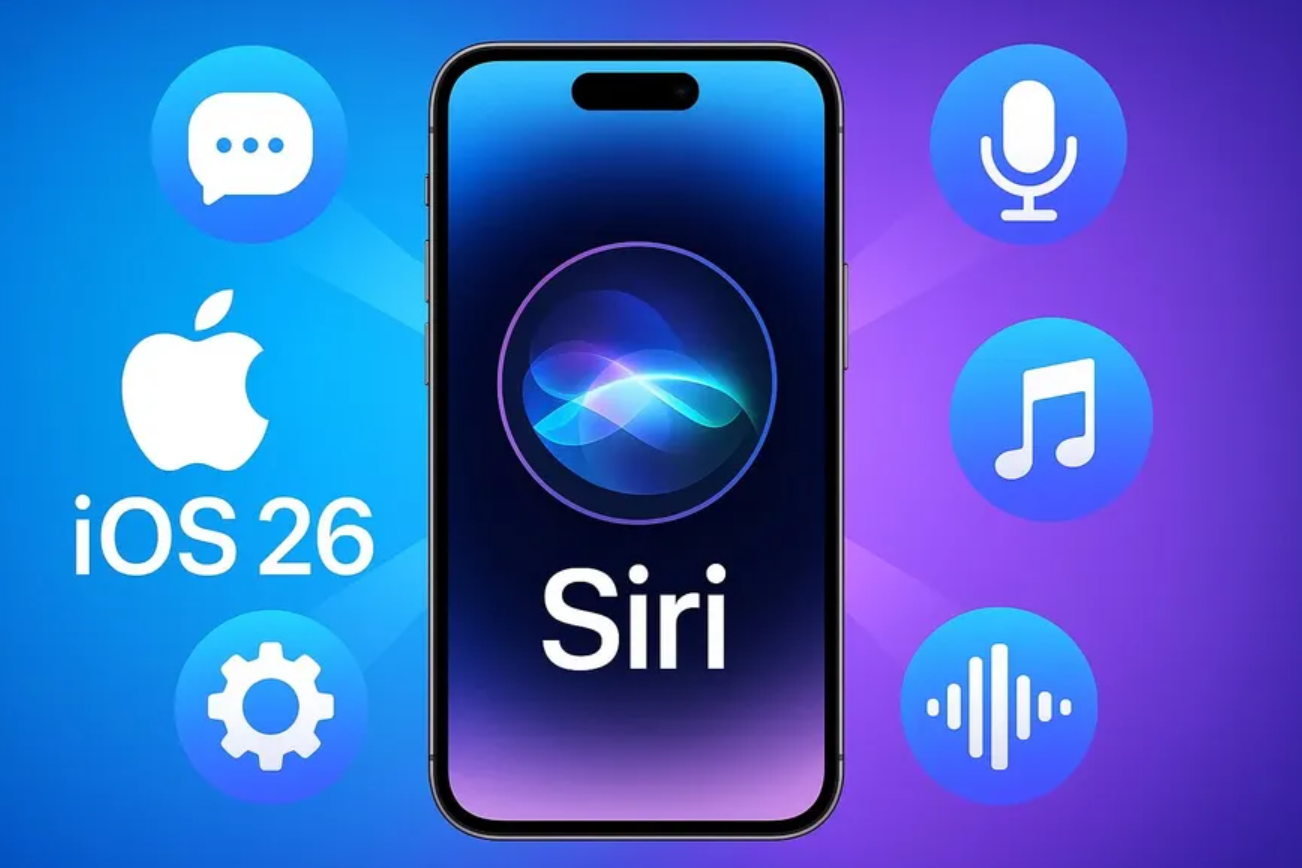
The answer lies partly in security and privacy – the “guiding principles” that Apple has always emphasized. Integrating cloud-based generative AI can expose user data. Apple wants to develop AI models that run directly on the device (on-device AI), limiting data transmission outside. To do that, the chip must be powerful enough, and energy-efficient enough.
If the chip is limited, AI running locally will lack resources, easily overheat the device, and drain the battery. Therefore, Apple needs to ensure that Apple Silicon is powerful enough to handle AI right on the device without relying on the cloud.
That’s why Siri is still “hibernating” while Apple Silicon is quietly upgraded every day. Once the hardware platform is ready, Siri will “transform” into a new generation AI assistant.
7. Behind the success of Apple Silicon
Looking back at Apple Silicon’s journey, it’s clear why Apple isn’t afraid to take the hard road. In 2020, when Apple launched the M1 chip, there was intense skepticism. Abandoning Intel meant there was no backup plan, and if it failed, the entire Mac line could be in trouble.
But reality has proven otherwise. MacBooks running M1, M2, and M3 immediately became a hit: superior performance, long battery life, cool cooling, applications deeply optimized for the ecosystem. Developers also benefited because they only had to focus on a single hardware platform.
This success not only helps Apple “retain” users but also puts Intel in a passive position, forcing Windows PC manufacturers to find a new direction. Many companies from Qualcomm to Nvidia are also racing to develop their own ARM chips, this is a testament to the influence of Apple Silicon.
8. AI chip design
Apple’s push into chip design is quiet and without much PR, but it has long-term implications. In the AI race, hardware performance is still the key. Even the most powerful chatbots can only “fly” if the chip is fast enough and energy-efficient enough to process billions of model parameters.
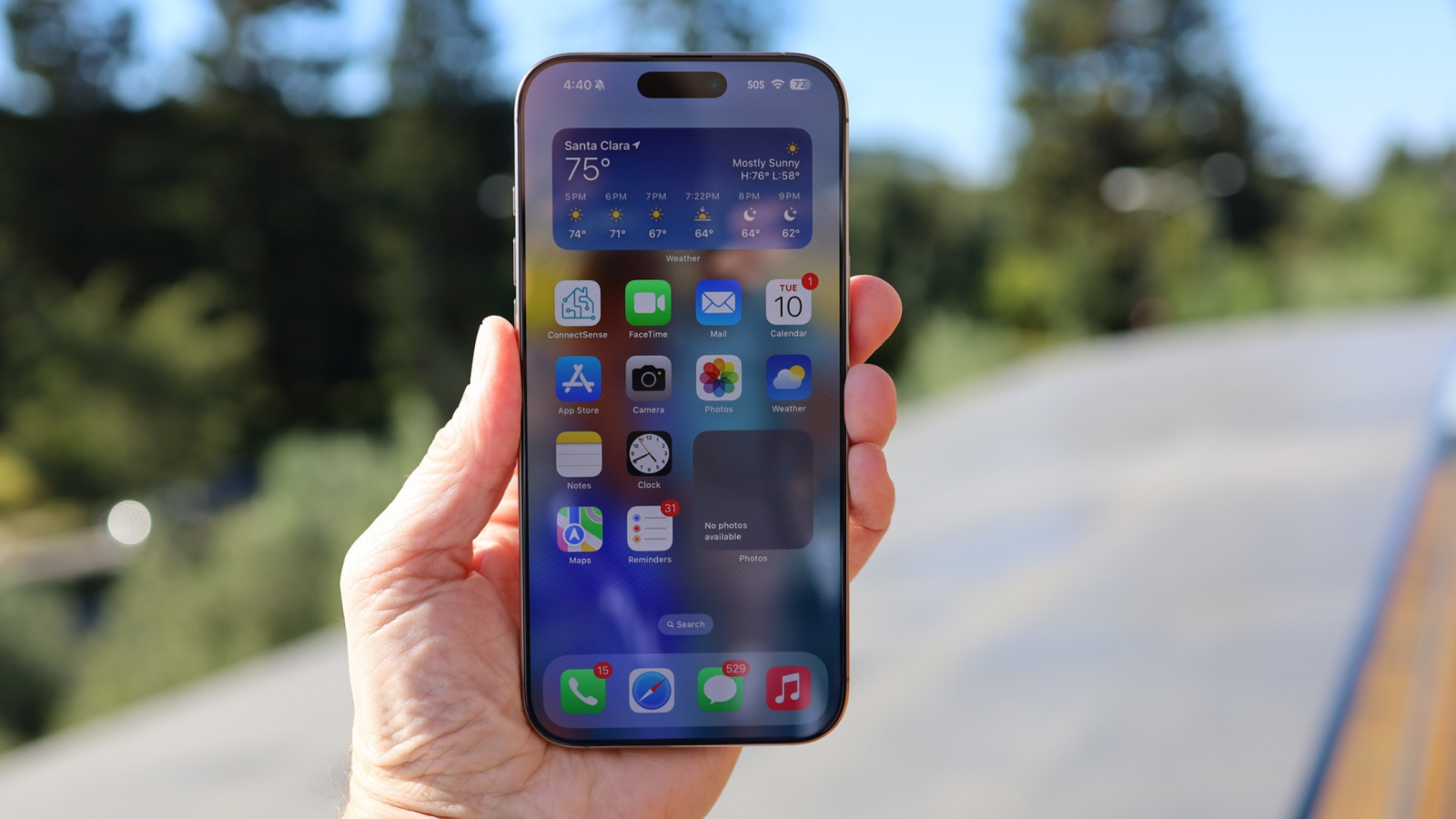
An AI-optimized chip not only helps devices run AI faster, but also opens up potential for practical applications such as AR/VR, self-driving cars, and healthcare.
9. When will users “see” Apple's AI?
Consumers may not see the fruits of AI chip design just yet, but in a few years, every iPhone, iPad, and MacBook will benefit from this process. A super-smart Siri, an iOS that “knows what you need,” and smooth AR/VR features all require a powerful processor as the foundation.
Imagine a MacBook running M5 or M6 “conceived” by AI, the CPU, GPU, NPU (Neural Processing Unit) performance all increased many times. At that time, Apple could confidently launch AI features that compete with all competitors while still keeping its commitment to data security.
While other companies rush to show off chatbots and creative AI, Apple remains faithful to the philosophy of “the foundation is more important than the surface”. They believe that a powerful and intelligent chip is the key to realizing every AI experience. And to have that chip, AI must serve the design process from the core.
Instead of following trends to satisfy a momentary curiosity, Apple patiently built a solid foundation. While the whole world rushed to follow chatbots, Apple calmly used AI to build a new “brain” for the next technological era.
Now, we just have to wait. When the new generation of iPhones and MacBooks are released, you will understand why Apple doesn't talk much about AI because they let the chips speak for themselves.


